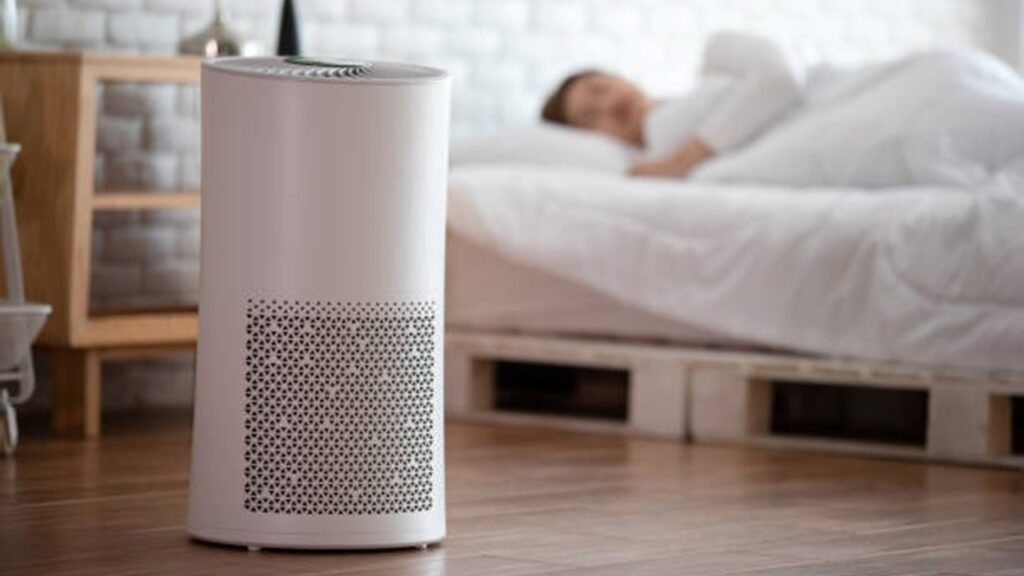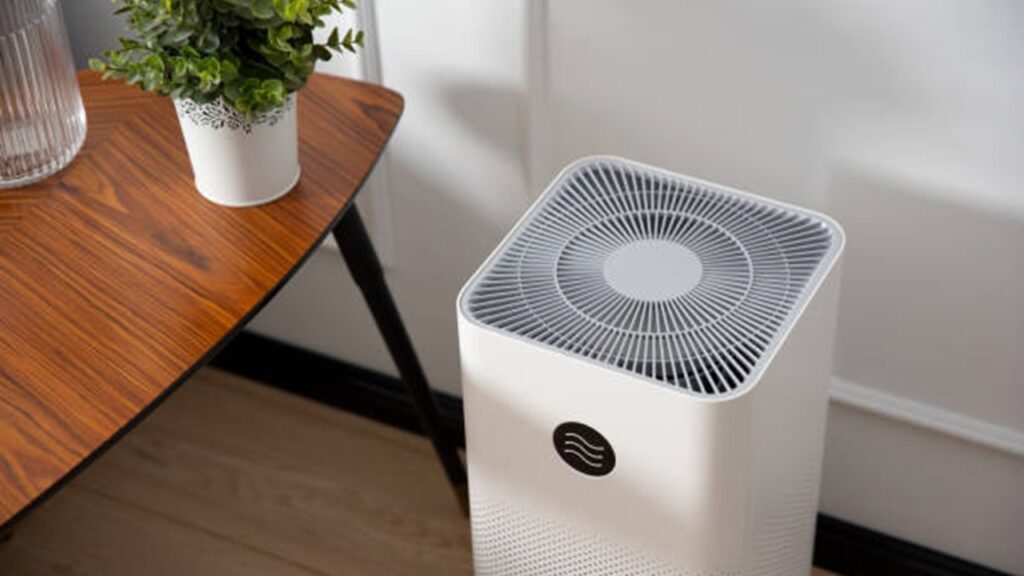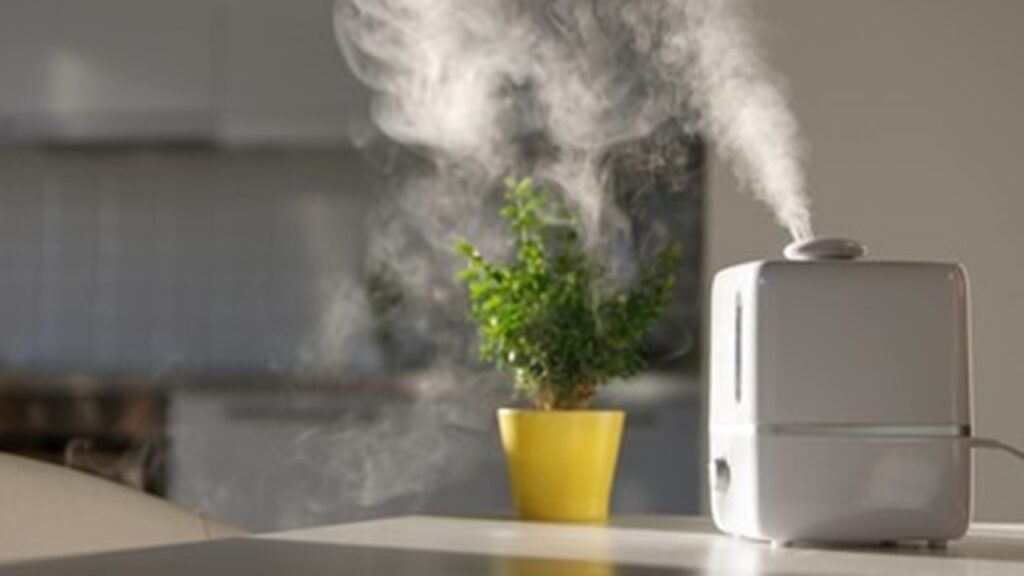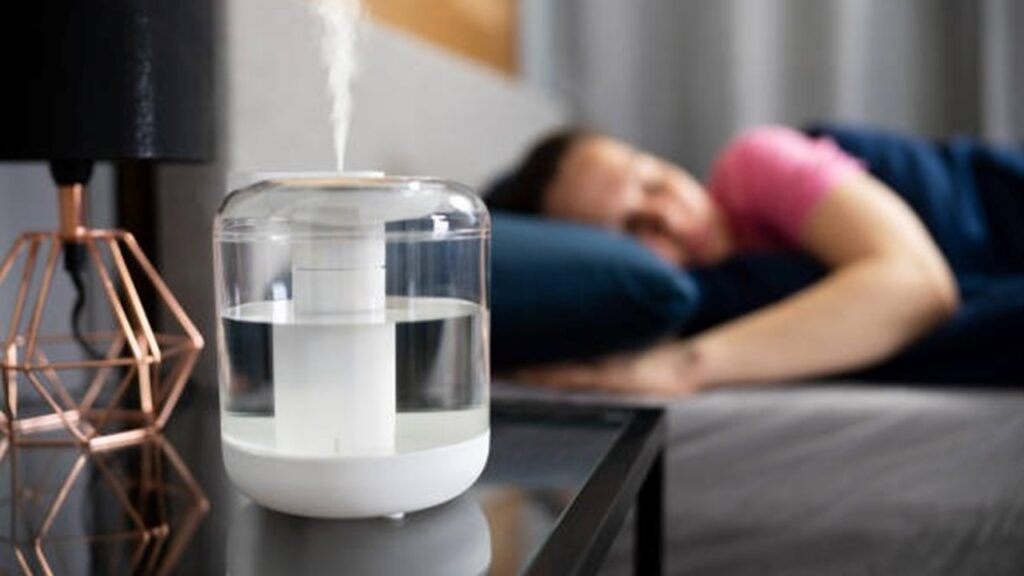
You can improve indoor air quality by reducing pollutants, increasing ventilation, and using tools like air purifiers or dehumidifiers to keep the air fresh and clean. These small changes can make a big difference in how you feel at home.
In this article, we’ll break down why indoor air quality matters and walk you through simple, practical steps you can take to breathe easier.
Whether you’re dealing with allergies, musty smells, or just want a healthier home, these tips will help you get started.
Why Indoor Air Quality Matters More Than You Think
We often worry about pollution outside, but indoor air can sometimes be even worse. The air in your home might carry dust, chemicals, smoke, mold, and other irritants you can’t always see—but your body still feels them.
Poor indoor air quality can lead to all sorts of health problems, especially if you already deal with allergies, asthma, or breathing issues. Here’s why it’s worth paying attention to:
- It affects your breathing: Irritants like dust mites, mold, and pet dander can trigger coughing, sneezing, or even asthma attacks.
- It can impact sleep: Stuffy, polluted air may lead to restless nights or morning headaches.
- Long-term exposure is risky: Things like radon, formaldehyde, or carbon monoxide can quietly build up over time and harm your health.
- Kids and older adults are more vulnerable: Their lungs and immune systems are either still developing or more sensitive.
Taking steps now can help you and your family feel better and stay healthier.
How to Improve Indoor Air Quality
Improving the air in your home doesn’t have to be complicated. Here are the first few steps to get started:
Step 1 – Let Fresh Air In (Improve Ventilation)
One of the easiest ways to clean up indoor air is to let the outdoor air in, when the weather and outdoor conditions allow. Fresh air helps push out pollutants and moisture that build up inside.
- Open windows and doors for a few minutes each day if the outdoor air is clean.
- Use exhaust fans in bathrooms and kitchens to remove steam and odors.
- Keep vents clear and change HVAC filters regularly.
- If your home feels stuffy, consider a window fan or air exchanger to help air move.
Step 2 – Use an Air Purifier with a HEPA Filter
Air purifiers can help trap particles floating around your home, especially if you have pets, live near traffic, or deal with seasonal allergies.
- Look for a model with a HEPA filter, which can catch up to 99% of particles like dust, pollen, mold spores, and pet dander.
- Place the purifier in the room you use the most, like the bedroom or living room.
- Keep doors and windows closed in that room so the purifier can work more effectively.
- Clean or replace filters as directed so it stays efficient.
Step 3 – Keep Dust, Allergens, and Pet Dander Under Control
Dust and allergens build up fast, especially in homes with carpets, pets, or limited airflow. Staying on top of cleaning can really help your air stay fresh.
- Vacuum regularly using a vacuum with a HEPA filter.
- Wash bedding, pillow covers, and curtains in hot water weekly.
- Brush and bathe pets often, and try to keep them off beds and sofas.
- Use dust-mite-proof covers on mattresses and pillows if you’re allergy-prone.
Step 4 – Cut Down on VOCs and Harsh Chemicals
Volatile organic compounds (VOCs) are gases released from certain paints, furniture, cleaning sprays, and air fresheners. Breathing in high levels of VOCs over time can lead to headaches, dizziness, or more serious health issues.
- Choose low-VOC or VOC-free paints and finishes when remodeling.
- Switch to non-toxic or natural cleaning products—look for simple ingredients like vinegar, baking soda, or essential oils.
- Avoid using aerosol sprays or scented candles too often, especially in small spaces.
- Let new furniture or rugs air out in a well-ventilated room before regular use.
Step 5 – Control Moisture and Prevent Mold
Too much moisture in the air can lead to mold, mildew, and musty smells. Not only is mold bad for your air, but it can also trigger allergies and asthma symptoms.
- Keep humidity between 30% and 50%—a dehumidifier can help in damp rooms like basements.
- Turn on fans or open a window when cooking or showering.
- Fix leaks right away—whether it’s a leaky faucet, pipe, or roof.
- Check under sinks and around windows for any hidden damp spots or signs of mold.
Step 6 – Change HVAC Filters and Clean Vents
Your heating and cooling system helps move air through your house, so if the filters are dirty, that same dust and debris will keep circulating.
- Replace air filters every 1 to 3 months depending on your system and how much you use it.
- Use high-quality filters rated for allergens if you have pets or sensitivities.
- Get your air ducts checked every few years, especially if you notice extra dust or uneven airflow.
- Keep air vents unblocked by furniture or curtains so air can move freely.
Step 7 – Test Your Indoor Air (Know What You’re Dealing With)
If you’ve done the basics and still feel off, it might be time to test your air. Some pollutants—like radon or carbon monoxide—can’t be seen or smelled.
- Use an at-home air quality test kit to check for things like radon, VOCs, or mold spores.
- For a full assessment, consider hiring a professional. They can test more accurately and help you fix any serious issues.
- Install carbon monoxide detectors near bedrooms and appliances that burn fuel.
Step 8 – Watch Your Heating and Cooking Habits
Heating and cooking can release harmful gases if not done safely. This is especially true with gas stoves, wood-burning fireplaces, or older furnaces.
- Always use a vent hood or open a window when cooking.
- Have your furnace and fireplace inspected yearly to make sure they’re venting properly.
- If you can, consider switching to electric stoves or sealed gas appliances that don’t release fumes into your home.
- Never use outdoor appliances like grills or camp stoves inside—they can release carbon monoxide quickly.
Step 9 – Use Houseplants Wisely (But Don’t Rely on Them Alone)
While plants do help clean the air to some extent, they’re not magic. They work best alongside other good habits like cleaning and proper ventilation.
- Go for low-maintenance options like peace lilies, spider plants, or snake plants.
- Avoid overwatering—wet soil can grow mold, which defeats the purpose.
- If you have allergies, skip fuzzy or pollen-heavy plants that might irritate you.
Conclusion
Improving your indoor air quality isn’t just about comfort—it’s about health. Whether it’s dust, moisture, fumes, or mold, these things can quietly affect how you feel every day.
The good news is, you don’t have to do it all at once. Even one or two small changes can start to make a difference.
Breathe easier by focusing on what you can control: keep things clean, let fresh air in, cut out harsh chemicals, and stay on top of maintenance. You’ll be surprised how much better your home can feel.
FAQs
What is the fastest way to improve indoor air quality?
Opening your windows for fresh air and using an air purifier with a HEPA filter are two of the quickest ways to clean up your indoor air.
Do houseplants really help with air quality?
A little bit, yes—but not enough on their own. Think of them as a bonus, not a fix. Ventilation and cleaning matter more.
How do I know if my indoor air is bad?
Common signs include headaches, sneezing, dry throat, or musty smells. A home air quality test can confirm what’s going on.
Should I use a humidifier or a dehumidifier?
It depends on your air. If it’s too dry, use a humidifier. If it’s too damp or you notice mold or condensation, go with a dehumidifier.
Is it safe to use scented candles and air fresheners?
Many release VOCs that can lower air quality. Use them occasionally, if at all, and choose natural alternatives when possible.

At our core, we’re a group of passionate clean air equipments and appliances enthusiasts. We dive deep into the world of fresh air around us. We try to provide as much value to the readers with our information and how to blog articles as possible along with proper information-based reviews as well.




